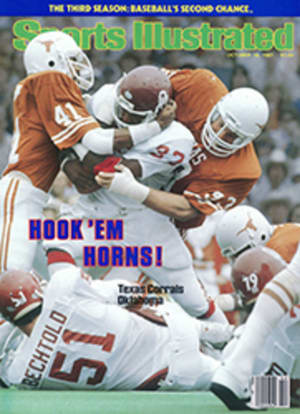
NEW CLASSIC OF ANGLING LITERATURE: AN ENCYCLOPEDIA OF AQUATIC INSECTS
Although fly-fishing has the most venerable literature of any sport, it has long lacked one key book: an authoritative guide to the aquatic insects of North America aimed specifically at the angler. A new book by a professor of entomology at Purdue comes close to filling that void. It is W. Patrick McCafferty's Aquatic Entomology, The Fishermen's and Ecologists' Illustrated Guide to Insects and Their Relatives (Science Books International, $50). It's a first-rate work, with more than 1,000 illustrations, including 124 in color by Arwin V. Provonsha, curator of Purdue's insect collection.
In language and approach, McCafferty is clear, direct and logical. When he uses a technical term, he sets it in boldface and defines it. As one who has had to chase down definitions by searching in obscure reference works, I am grateful that McCafferty at once tells me the precise meaning of "allochthonous," "multivoltine," and "rheophilic." His initial chapters on identifying insects and how they live in water are models of their kind. For the angler, the guts of the book are the chapters on the mayfly, caddis fly, stone fly, dragonfly, damselfly and Diptera. The illustrated keys that allow the reader to identify a member of each order down to the family level are the best I have ever seen. Any entry on an insect family that may be of relevance to the angler is cleverly highlighted by a symbol of a dry fly, but there will be some fishermen who would like more depth to certain entries. For those who wish to pursue matters further, McCafferty concludes nearly every chapter with a list of select references.
For a 448-page volume packed with information, scientific names and illustrations, it has remarkably few errors, but the specific name of the dragonfly Sympetrum rubicundulum is misspelled rubicundulum in both the text and index. I say this not to be a smarty-pants, but as an angler and fly freak who feels certain that Aquatic Entomology is destined to become a standard reference work deserving of many more printings.

